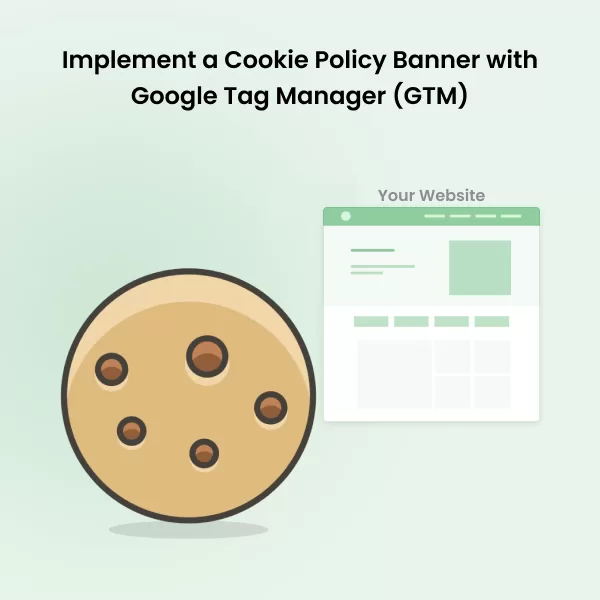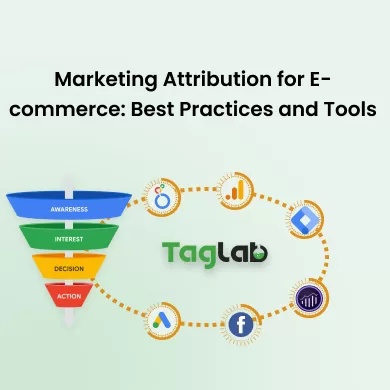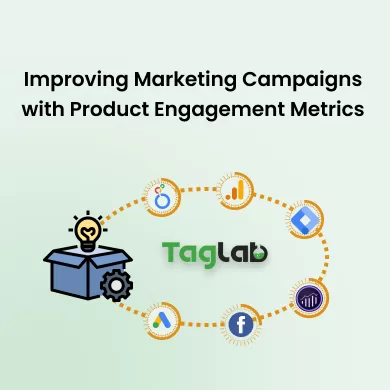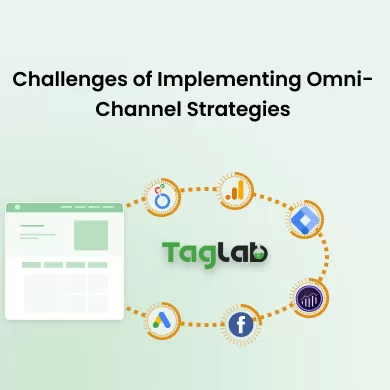Your cart is currently empty!
Email Unsubscribe Rate
Posted by:
|
On:
|
Email Unsubscribe Rate is a key performance indicator (KPI) that measures the percentage of recipients who choose to unsubscribe from an email list after receiving a particular email campaign. This metric is crucial for assessing how well email campaigns align with the audience’s expectations and interests, helping businesses identify areas for improvement in content, frequency, or targeting.
Detailed Explanation
What is Email Unsubscribe Rate?
Email Unsubscribe Rate refers to the percentage of email recipients who click the unsubscribe link and remove themselves from an email list. This metric indicates whether recipients find the emails relevant, useful, or engaging. A high unsubscribe rate may suggest issues with content quality, frequency, or audience targeting, while a low unsubscribe rate generally indicates a well-targeted and effective email campaign.
How it Works?
Email Unsubscribe Rate is calculated by dividing the number of people who unsubscribed by the total number of delivered emails, and multiplying by 100. The formula is:
Email Unsubscribe Rate = (Number of Unsubscribes / Number of Delivered Emails) x 100
A lower unsubscribe rate generally indicates that the email content aligns with recipient expectations, while a higher rate may signal dissatisfaction or disengagement from the email audience.
Types of Email Unsubscribe Rate Metrics
- Campaign-Specific Unsubscribe Rate: The unsubscribe rate for a particular email campaign.
- Overall Unsubscribe Rate: The average unsubscribe rate across multiple email campaigns over time.
- Unsubscribe Rate by Segment: The unsubscribe rate for specific audience segments, helping identify whether particular groups are more likely to opt out.
- Churn Rate: A broader metric that includes both unsubscribes and email address bounces, measuring the overall attrition from the email list.
Illustrative Scenarios
Examples
- An email campaign with a 0.3% unsubscribe rate means that 0.3% of recipients opted out of the email list after receiving the email.
- A series of weekly promotional emails leading to an overall 1% unsubscribe rate may suggest that the frequency is too high for the audience, prompting a reassessment of the campaign schedule.
Segmentation
Analyzing Email Unsubscribe Rate by different segments, such as demographics, geographic location, or engagement history, can provide deeper insights. For example, segmenting by engagement history might reveal that less engaged users are more likely to unsubscribe, indicating the need for re-engagement strategies.
Factors Influencing Email Unsubscribe Rate
- Content Relevance: Emails that do not align with the recipient’s interests or expectations can lead to a higher unsubscribe rate.
- Email Frequency: Sending emails too frequently can overwhelm recipients, leading them to unsubscribe.
- Audience Segmentation: Poor segmentation can result in sending irrelevant content to the wrong audience, driving unsubscribes.
- Call-to-Action (CTA): Weak or unclear calls-to-action can make the email content less engaging, leading to higher unsubscribe rates.
- Subscription Preferences: Not giving recipients options to adjust their email preferences or choose the type of content they want can increase the likelihood of unsubscribing.
Strategies to Improve Email Unsubscribe Rate
- Improve Audience Segmentation: Use advanced segmentation techniques to ensure you’re sending relevant content to the right audience, reducing the likelihood of unsubscribes.
- Provide Subscription Preferences: Offer recipients the option to adjust the frequency or type of emails they receive, rather than simply opting out completely.
- Optimize Content Relevance: Focus on delivering valuable, engaging, and personalized content that resonates with your audience.
- Monitor Email Frequency: Avoid sending too many emails in a short period, as this can overwhelm your audience and lead to higher unsubscribe rates.
- Test and Optimize Subject Lines: Use A/B testing to experiment with different subject lines and email designs to improve engagement and reduce unsubscribes.
Email Unsubscribe Rate Benchmarks
Email Unsubscribe Rate benchmarks can vary depending on industry, email type, and audience. For example:
- General Benchmark: Average unsubscribe rates typically range from 0.1% to 0.5%, depending on the industry and content type.
- Transactional Emails: Transactional emails, such as order confirmations, tend to have lower unsubscribe rates, often under 0.1%.
- Promotional Emails: Promotional emails, which are more common in e-commerce, typically have unsubscribe rates between 0.2% and 0.5%.
Comparing your Email Unsubscribe Rate against industry benchmarks can help assess performance and set realistic goals for improvement.
Tools for Measuring Email Unsubscribe Rate
- Email Marketing Platforms: Tools like Mailchimp, Constant Contact, and HubSpot provide detailed reports on email unsubscribe rates and other metrics.
- Analytics Tools: Platforms like Google Analytics and CRM systems can offer insights into user behavior after unsubscribing.
- A/B Testing Tools: Platforms like Optimizely or Google Optimize allow you to test different email content and designs to reduce unsubscribe rates.
Common Pitfalls and Mistakes
- Focusing Only on Content: While content quality is important, failing to monitor email frequency or audience targeting can also lead to high unsubscribe rates.
- Ignoring Segmentation: Sending generic emails to an unsegmented audience can result in higher unsubscribe rates, as the content may not be relevant to all recipients.
- Neglecting Email Frequency: Sending too many emails in a short period can overwhelm recipients and increase the likelihood of unsubscribing.
- Not Offering Subscription Preferences: Failing to give recipients the option to customize their email preferences can lead to more unsubscribes.
- Inconsistent Testing: Failing to regularly test and optimize subject lines, content, and email designs can result in missed opportunities to reduce unsubscribe rates.
Frequently Asked Questions
What is Email Unsubscribe Rate?
Email Unsubscribe Rate measures the percentage of recipients who choose to unsubscribe from an email list after receiving a particular email campaign, helping businesses assess the effectiveness of their email content and targeting.
Why is Email Unsubscribe Rate important?
Email Unsubscribe Rate is important because it provides insights into how well your email campaigns align with audience expectations, helping optimize content and frequency to reduce churn.
How can I reduce my Email Unsubscribe Rate?
Reducing Email Unsubscribe Rate can be achieved by improving audience segmentation, optimizing content relevance, providing subscription preferences, monitoring email frequency, and testing subject lines.
What factors influence Email Unsubscribe Rate?
Factors influencing Email Unsubscribe Rate include content relevance, email frequency, audience segmentation, call-to-action clarity, and the availability of subscription preferences.
What are typical benchmarks for Email Unsubscribe Rate?
Benchmarks vary, with general email unsubscribe rates typically ranging from 0.1% to 0.5%, and promotional emails seeing rates from 0.2% to 0.5%, depending on industry and content type.



